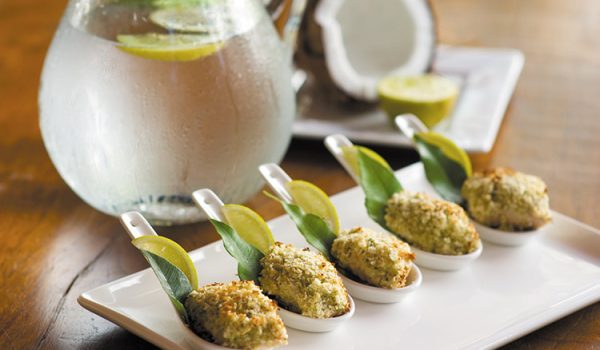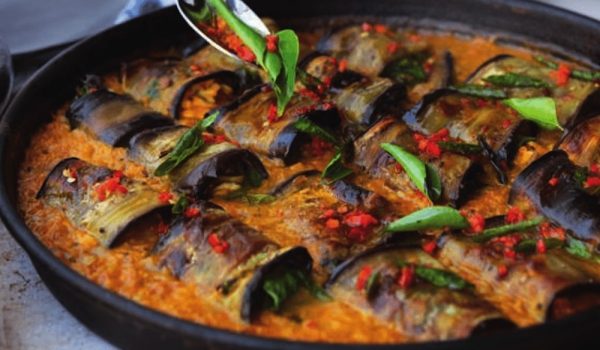If you try an unrefined brown sugar such as Billington’s you will find that it adds not only sweetness, but another layer of complexity and richness to your finished dish. Therefore it is suitable for both sweet and savoury dishes.
This month I have trialled Billington’s Unrefined sugars in my recipes here on The Carousel. Little Christmas cakes with eggnog butter cream using light muscovado and golden icing sugar and Roast duck with cherry sauce (using light muscovado) and spiced carrots (using light muscovado).
So just what are these sugars, and why did I use them?
Unrefined Muscovado sugar is the finest grade of soft brown sugar available and has a higher molasses content than your standard brown sugar, so it gives your cooking an incredible depth of flavour. The light option is interchangeable with Light Brown Soft sugar and is great for cookies, biscuits and puddings. I found it kept my Christmas cakes light and yet they had the most appealing golden sheen and a slightly caramel flavour.I used the Golden Icing sugar for my eggnog butter cream to ice the cakes. This powdery sugar is pure with no cornflour added for smoothness – as does an icing sugar mixture – so I sieved it first. I found the natural golden colour and light caramel flavour appealing and while it was great in the butter cream, if you didn’t want to go to the trouble of making that, you could effectively dust the golden icing sugar over the finished cakes.
The light muscovado also added an interesting complexity and added colour to the cherry sauce with the duck. As for the carrots, it made a great alternative to the more traditional honey, which is often used with carrots.
Try these different sugars in your favourite recipes. The thing to remember is that unrefined sugar deepens colour and flavour in food and is essential for the appealing golden-brown colour of many baked desserts. As sugar gets hot, it undergoes a range of chemical reactions called caramelization. In this process, sugar molecules break down into smaller and smaller parts and begin to turn deeper shades of brown and develop more complex flavours.
Happy Cooking!
This is a sponsored post by Billington’s. All opinions expressed by the author are authentic and written in their own words.









